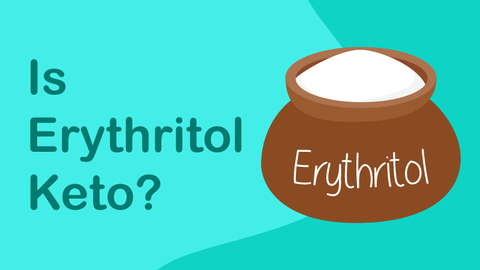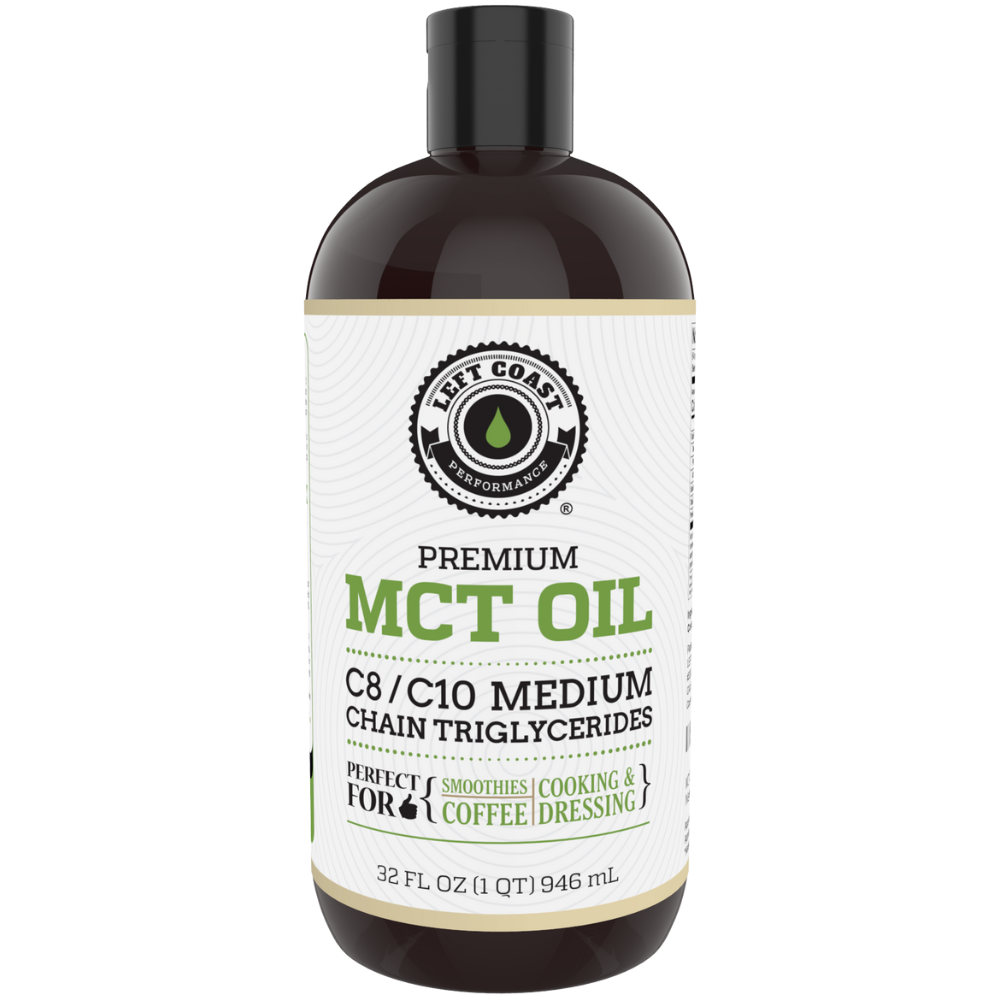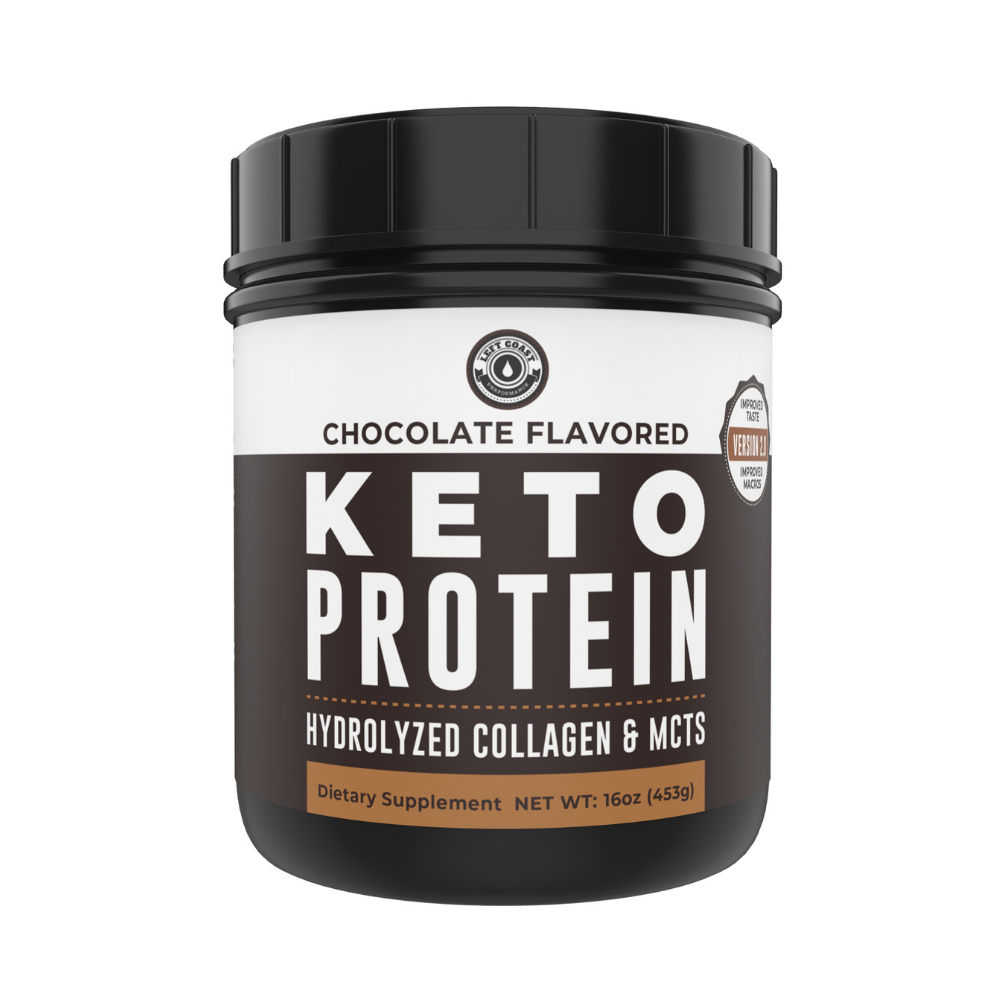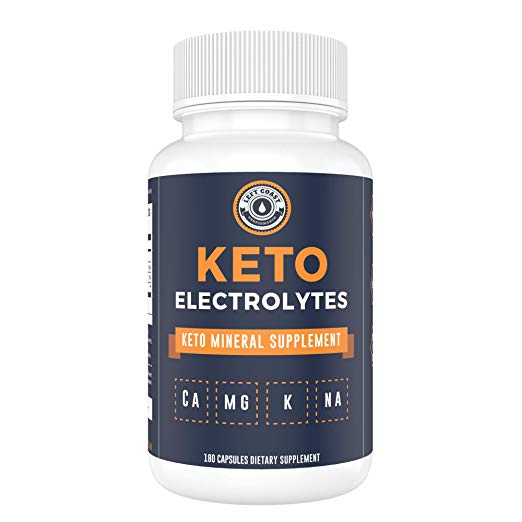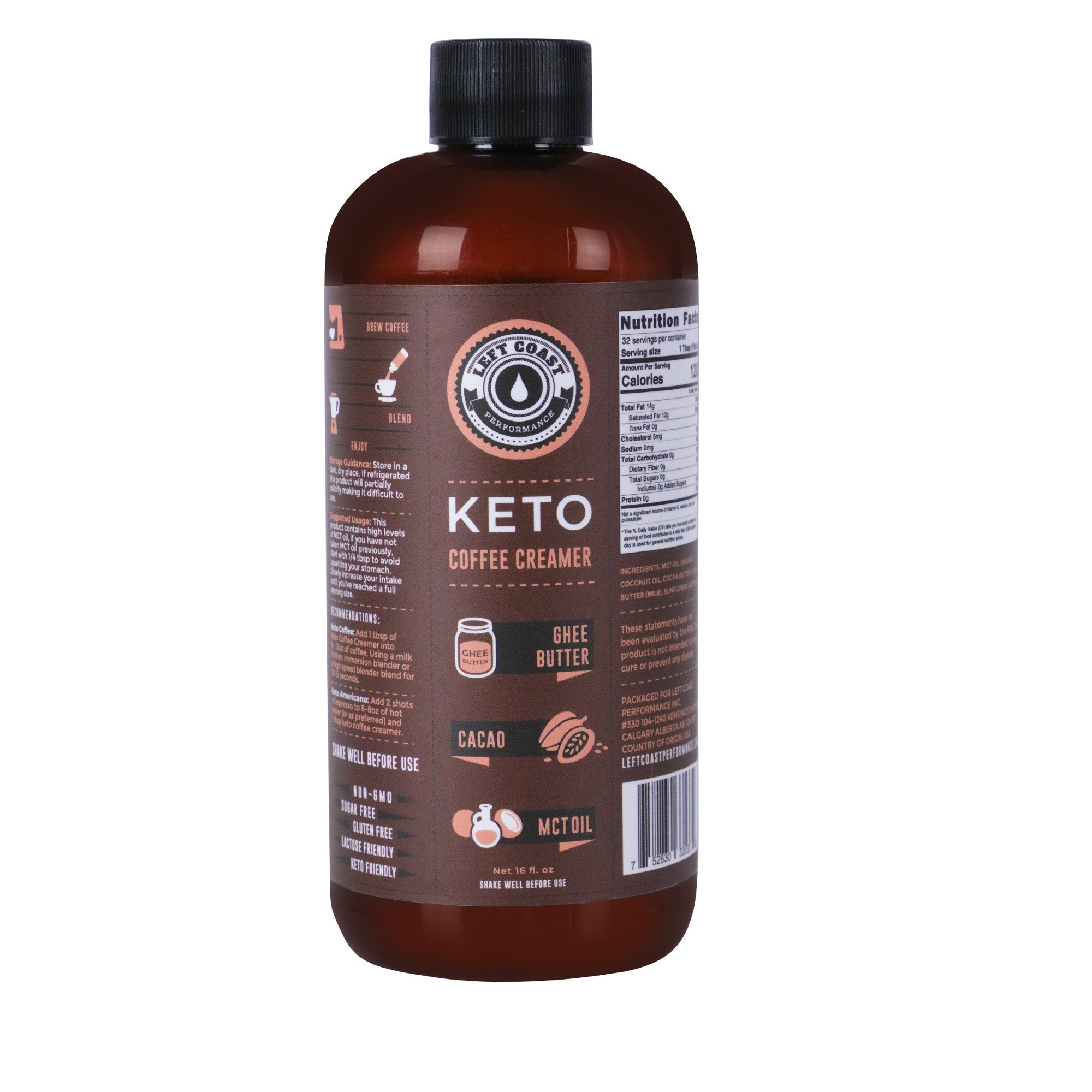A Nutritionist Guide to Bone Broth

on July 27, 2019
What is Bone Broth?
Bone broth is a nutrient-dense liquid that results from simmering animal bones for 24-48 hours. It can be made from the bones of beef, fish, lamb, venison, poultry, or pork.
Bone broth is not the same as store bought packaged or canned “broth” or “stock”. Most of these products are made with artificially produced meat flavorings and are not the result of boiling real bones. These products do not have the same health benefits, and may contain large amounts of sodium or MSG.
Broth has been a staple of traditional diets for centuries. Various types of bone broths can be found in the cuisine of almost every culture, it is used to add flavor and nutrition to food.
Bone broth is a great way to decrease food waste and use up every part of the animal. In a traditional recipe, bone broth doesn’t only include bones, it also includes skin, feet, ligaments, and tendons- basically any part of the animal that is tough to chew or unappealing to eat.
Including all of these animal parts, in addition to bones, creates a broth loaded with vital nutrients. Traditionally made bone broth is high in collagen, essential minerals, important amino acids like proline, glycine, and glutamine, as well as other healing and anti-inflammatory compounds..
Bone Broth Nutrition
Bone broth is loaded with nutrients that can be hard to find in other foods. An added benefit is that they are quite well-absorbed, since the long cooking time has broken them down. The nutrients found in bone broth include:
Minerals
Bones are the body’s storage unit for minerals, way more than just calcium. Therefore, it's no surprise that when you cook bones, the minerals are released into the liquid. The exact amount of minerals will vary by the type of bones used, other ingredients added, cooking time, and if it is a powder, the manufacturer. A few of the minerals found in bone broth in varying amounts include:
- Calcium
- Copper
- Iron
- Manganese
- Potassium
- Magnesium
- Silica
- Phosphorus
- Sodium
- Zinc
- Selenium
Collagen/Gelatin
Bone broth is an amazing source of collagen, a structural protein in the skin, joints, and cartilage. Gelatin is the broken down and solidified form of collagen. Gelatin is part of what is floating on the top of the broth once it cools. Don’t throw it away, it is loaded with benefits!
As we age, collagen in our joints and skin starts to breakdown. Eventually, this leads to wrinkles and joint pain. Consuming foods high in collagen can help mitigate some of these effects of aging. But, our modern diets are low in collagen because it is found in skin, ligaments, bones, and tendons of animals. Most of us eat mainly skin-less, boneless meats. Bone broth, since it is a good source of collagen, can help us increase our daily intake of this important protein.
Glycine
Glycine is an amino acid or building block of protein. It is one of the three amino acids used to make one of the body’s most important antioxidants called glutathione. Glutathione depletion has been linked to the progression of multiple diseases from Alzheimer’s to cancer to diabetes. It plays a role in gene expression, inflammation, immune function, and protein synthesis.
Glycine can also help improve blood sugar in people with diabetes. Glycine levels in the blood may play a role in the risk of heart attacks, although the exact mechanism remains unclear. It is also is a calming amino acid, helping promote a good night’s sleep. Finally, it may help prevent skeletal muscle loss, particularly in muscle-wasting diseases like cancer.
Arginine
Arginine is another amino acid found in bone broth. In the body, it helps release a compound called nitric oxide, a compound that improves circulation and lowers the risk of heart attacks. For this reason, arginine may help lower blood pressure and improve erectile dysfunction. It also helps speed wound healing by increasing collagen deposition in the skin.
Glutamine
Glutamine is a conditional amino acid that is particularly important during times of illness. It supports immune and digestive function. A 2017 study found that glutamine is critically important for preventing and healing leaky gut. It’s ability to support both immune function and digestion may be one of the reasons why broth is so beneficial for healing.
Other Amino Acids
Bone broth may also contain other important amino acids. Some of these include:
- Proline
- Hydroxyproline
- Alanine
- Lysine
- Aspartic acid
All amino acids are the building blocks of protein and serve specific functions in the body.
Bone marrow
The inner cavity of the bones, the bone marrow, is high in collagen, healthy fats, and minerals. The type of fat in bone marrow is a source of a hormone called adiponectin. This hormone may play a role in lowering risk of heart disease, obesity-associated cancers, and diabetes. It may also help with breaking down body fat.
Glycosaminoglycans (GAGs)
Glycosaminoglycans are complex molecules made up of sugar and amino acids found primarily in the connective tissue and used to support collagen. They can also be found in the intestinal lining, used to maintain structure of the GI tract. A few of the GAGs found in bone broth include: glucosamine, chondroitin, and hyaluronic acid.
Chondroitin and glucosamine
Chondroitin and glucosamine are compounds found naturally in joints. They tend to break down as we age, leading to achy and creaky joints. For this reason, they are frequently used as dietary supplements to lower inflammation and manage pain caused by arthritis.
Bone broth is a natural source of these joint-supporting compounds.
Hyaluronic acid
Hyaluronic acid is a substance that helps the skin and mucous membranes maintain moisture. When taken orally, it can help improve skin elasticity and also has anti-inflammatory properties. It has also been used as a treatment for joint pain.
Bone Broth Benefits
Drinking bone broth isn’t just for when you are sick, it has several incredible health benefits. Here are a few of the highlights:
Immune boosting
There is nothing like warm chicken soup when you are sick, and research backs up why it might make you feel better. A 2000 study published in Chest found that chicken soup was able to decrease inflammation in the lungs caused by an upper respiratory infection and improved digestion. It is high in immune boosting nutrients and amino acids. Additional fluids and electrolytes can also help you feel better.
Restores gut strength and function
A well-functioning digestive tract is the secret to health. The ingredients in bone broth have been found to help improve gut integrity, restore gut strength, reduce inflammation and improve tolerance to various foods.
A 2012 study found that gelatin was able to improve gut inflammation and increase intestinal health. A 2003 study found that people with inflammatory bowel disease also had significantly decreased levels of serum collagen, showing a possible correlation between collagen levels and illnesses of the digestive tract.
Glycine, one of the amino acids in bone broth, promotes the right balance of digestive enzymes and stomach acid. It can help reduce acid reflux and indigestion. Additionally, having the right amount of stomach acid can prevent infections by killing off any pathogens that might enter the body.
Bone broth can also help heal and prevent leaky gut syndrome. Leaky gut occurs when tiny gaps form between the cells of the digestive tract, allowing undigested food particles, viruses, and bacteria to pass through. This leads to an inflammatory response in the gut and throughout the body. When the immune system begins to overreact due to this inflammation, this can cause the body to start attacking its own tissues. Leaky gut is believed to be a trigger for many autoimmune diseases.
The amino acids in bone broth, proline, glutamine, and arginine, are all needed to help restore gut integrity and heal leaky gut.
Supports joint health
As we mentioned, bone broth is high in collagen, a structural protein found in your joints, ligaments, and tendons. Collagen starts to breakdown as we age, which can result in joint pain and arthritis. Adding collagen to your diet helps support joint flexibility and ensures adequate “cushion” between the bones.
But, you don’t have to wait to have pain to start using bone broth for joint health. A 2008 study evaluated the impact of taking collagen on the joints of 147 athletes. Subjects were given either a collagen supplement or a placebo for 24 weeks. Those who took the collagen reported less joint pain overall. The effect was even more pronounced in those who reported joint pain before the study began.
Helps reduce wrinkles
When you are in your 20’s, your collagen is intact, so your skin is smooth and free of wrinkles. As you get into your 30’s collagen starts to breakdown and wrinkles show up in areas where the skin is thin, like around the eyes and forehead.
Keeping the collagen you have intact as well as encouraging the body to make new collagen can help reduce the appearance of wrinkles. A 2015 study found that supplementation with collagen significantly improved the depth of wrinkles, skin hydration, and elasticity in the skin of post-menopausal women.
Improves the appearance of cellulite
Most women struggle with cellulite or dimpling of the skin in the buttocks, hips, and thigh area. Men do not have cellulite because their muscle fibers are structured differently from women’s in these areas.
Although, age, weight, and genetics do impact the appearance of cellulite, what you eat can as well. A 2015 study found that taking collagen once a day for 6 months significantly reduced the appearance of cellulite and skin waviness in women ages 24-50. The result was less pronounced in overweight women.
Cellulite is exacerbated by the breakdown of connective tissue in the hips and thighs. Connective tissue is made up of collagen, so it is no surprise that consuming more collagen would tighten the tissue in this area.
May help with weight loss
The protein content of bone broth may help with weight management. A 2008 study gave subjects 20 grams of gelatin and then measured various appetite-related hormones.
In obese subjects, the hormones that regulated satiety or the feeling of fullness, all increased after eating the gelatin. These findings mean that consuming bone broth before a meal may lead to eating less overall due to feeling more satisfied with meals.
Helps control blood sugar
Uncontrolled blood sugar makes weight management challenging, puts us at risk for developing diabetes, and impacts our immune system. Glycine, one of the amino acids in bone broth, may help with blood sugar management.
A 2008 study gave subjects with type 2 diabetes 5 grams of glycine or a placebo for three months. The group that received the glycine had significantly lower HgbA1C levels (a marker of average blood sugar) and reduced inflammation. Researchers concluded that the addition of glycine may have a long-term impact on the tissue damage caused by high blood sugar and chronic inflammation.
Promotes detoxification of heavy metals
Bone broth can help the digestive tract remove unwanted waste and boost the liver’s ability to clear out toxins.
Glycine, one of the amino acids in bone broth, is needed to produce an important antioxidant called glutathione. Glutathione, not only helps the body fight against damage caused by free radicals, it also is important for detoxification.
Glutathione is particularly powerful against heavy metals, which may cause system-wide damage if not neutralized.
How To Use Bone Broth
Sold on all these benefits and ready to add bone broth to your diet? Bone broth can be used in a variety of ways.
First, you can drink it plain. Many recommend starting your day with a cup (about 8 ounces) of bone broth. This can help get the digestive tract moving and increase the absorption of all the important nutrients. But, if you don’t like starting your day with it, it is beneficial to drink any time.
If you are sick, especially with a respiratory or digestive illness, bone broth can help you feel better. Consider increasing the amount you are taking when you are sick. It will give your immune system a boost and keep you hydrated.
Bone broth can also be used as a base for a variety of soups. Just throw in a few veggies, protein, and seasoning and cook them all together in the broth. A bone broth soup makes for an easy and healthy weeknight dinner.
You can also add bone broth to other recipes in place of water or other liquids to flavor. Use it as a base to cook veggies or mix it into tomato sauce.
Bone Broth Powder - How It’s Made
You may have seen some powdered bone broth products on the market recently. This is no surprise due to the popularity of bone broth and the fact that it does take a bit of a commitment to make from scratch.
Bone broth powder is made in a very similar fashion to the good old fashioned homemade way. The bones, tendons, and ligaments of animals, frequently chicken or beef, are boiled for an extended period of time. It is cooked at high temperatures and under pressure, which allows the nutrient extraction to happen in a shorter period of time.
The liquid that results is then dehydrated. This process creates a nutritionally-concentrated powder that can be mixed into various foods or liquids.
The result is bone broth protein powder, a nutrient dense, convenient way to get a daily serving of bone broth.
We sell a vanilla bone broth powder, a chocolate bone broth powder, an organic bone broth protein powder, pure as well as an encapsulated version of bone broth protein powder.
How to Use Bone Broth Powder
Bone broth can be used for a base for almost any soup or stock. It can also be warmed up and sipped. A lot of people have swapped out there morning coffee for a cup of warm bone broth.
Bone broth powder can be used in various ways, depending on the flavor or type.
Bone broth protein powder can be simply added to water or non-dairy milk for a nutritious beverage. Be sure to blend slowly with a hand blender or add the power into the water a little at a time allowing it to dissolve.
But, the real convenience of bone broth powder is that you can get all the benefits of bone broth without the “bone broth” flavor. Many of these powders are flavored with chocolate or vanilla, so they taste just like regular protein powder.
The variety of bone broth powder means you can mix it into any favorite dish, soup, or smoothie for an extra dose of nutrition. You can use it in the same way you might use your favorite protein powder.
Bone Broth Protein Powder Benefits
Since bone broth powder is made from bone broth, nutrition-wise it has many of the same health benefits.
But, what makes it different is convenience. The powders are easy to transport, mix into foods, and provide the same nutrients as about 2 cups of bone broth. You also don’t have to prepare it or make sure you are sourcing the right type of bones. All the effort has been removed with bone broth powder, all you have to do is scoop, mix, and enjoy.
Grass Fed Bone Broth
You may be surprised to know that the USDA does not have a standard definition for “grass fed”. In theory, if an animal is “grass fed” it should be allowed to forage for food year round, but the amount of time they do so can vary. The American Grass-Fed Association provides a third party certification to farmers who want their meat verified as “100% grass fed”.
The reason why grass fed matters is that these are believed to be healthier, with higher amounts of anti-inflammatory omega-3 fats. They are also high in CLA, another type of fat that helps reduce inflammation. Grass fed beef is also less likely to contain harmful antibiotic resistant bacteria.
Grass fed bone broth is made from animal bones that have been allowed to eat grass for a period of time. When the quality of the bone broth matters, it is best to choose a grass-fed option.
Organic Bone Broth
For a food to be called “organic” it must meet certain production standards set forth by the USDA. For animal-based products, the animals must be raised in living conditions that are similar to what they would experience in nature, such as the ability to graze on pasture. They must also be fed 100% organic feed and cannot receive any antibiotics or hormones. Organic foods are also non-GMO.
Organic food is usually slightly higher in nutrients, as well as lower in heavy metals and has a lower risk of harboring dangerous bacteria. If it is available, it is best to make your bone broth from organic bones or purchase an organic bone broth powder.
Beef Broth vs Chicken Bone Broth
The main difference in beef versus chicken bone broth is slightly different nutrient composition. For example, bone broth made from grass-fed beef is likely higher in omega-3s than broth made from chicken, which is higher in omega-6. This may make beef bone broth slightly less inflammatory.
Chicken bones are less dense than beef bones, which means the nutrients can be more easily extracted in a shorter period of time. This might be a benefit if you are making the broth yourself and don’t want to cook it forever. If chicken feet are included in the broth, it will be slightly higher in collagen than beef broth.
On the other hand, due to the density of the beef bones, they are higher in amino acids and certain minerals. But, you will have to cook it longer to extract them.
The flavor of chicken and bone broth are also slightly different. Chicken bone broth is lighter in flavor, whereas beef is heartier. In the end, they aren’t all that different and the one you choose depends on your personal preference.
Bone Broth Collagen Powder
In order to maximize the product benefits, bone broth proteins also contain collagen peptides. Although bone broth is a source of collagen, it doesn’t hurt to add a bit more. Collagen is simply a type of protein, therefore anything your body doesn’t use it will just get rid of.
As we discussed, collagen is the main structural protein of the skin and connective tissues of the body. It is one of the reasons for the many benefits associated with bone broth. Also, with our modern diets being so low in collagen, it doesn’t hurt to get a bit more into your diet.
Best Bone Broth For Keto
Bone broth pairs naturally with a keto lifestyle. Homemade bone broth contains almost no carbohydrates. It can be used as a base for keto-soups and other dishes. It is also a great way to boost your electrolytes, especially while you are transitioning into ketosis. Bone broth can be consumed while you are fasting as well, if you are pairing keto with intermittent fasting.
If you would prefer to use a bone broth powder, look for one that has less than two net carbs. If the ingredient is simply dehydrated bone broth, it should not contain a significant amount of carbs. Products that have fillers, flavorings, or other additives may be higher in carbohydrates, so read the label.
Basic Beef Bone Broth Recipe
Maybe you don’t want to use a store bought bone broth or powder, but would prefer to make it at home yourself. It is quite simple to make, it just takes a bit of time.
First, source the types of bones you want to use. You can ask your butcher for leftover beef bones, many times they will give these away for free. Choose grass-fed, hormone-free, organic bones, if possible There is some concern over heavy metal contamination that comes from boiling the bones of conventionally raised cows so try to source the highest quality bones you can.
It is also best to mix up the types of bones and animal parts in the broth. You can use bone marrow, knuckles, feet, or neck. You can even add the bones of other animals for a different mix of nutrients.
Be sure to add vinegar, a bit of acidity is needed for nutrient extraction. You can also throw in some vegetables, such as carrots, celery, garlic, or onion if you would like to boost the nutrient density and flavor.
For a basic recipe, in a large soup pot or slow cooker add:
- 1 gallon of water
- 2-4 pounds of beef bones
- 2 tbsp vinegar
- Salt, pepper, or other seasonings, to taste
Bring all ingredients to a boil, then reduce and simmer for 12-48 hours. The longer you can cook it the more nutritious it will be. Once it is done, strain it and place into containers. It can last up to five days in the fridge or 6 months or longer in the freezer.
Bone Broth: For Healing and Well-being
Although we know a lot about the benefits of all the individual nutritional components in bone broth, there hasn’t been much research on bone broth itself. With the popularity of bone broth and all the emerging health benefits, we will likely continue to learn more. For now, if you are looking to support your overall health, bone broth is a great addition to your daily routine.




